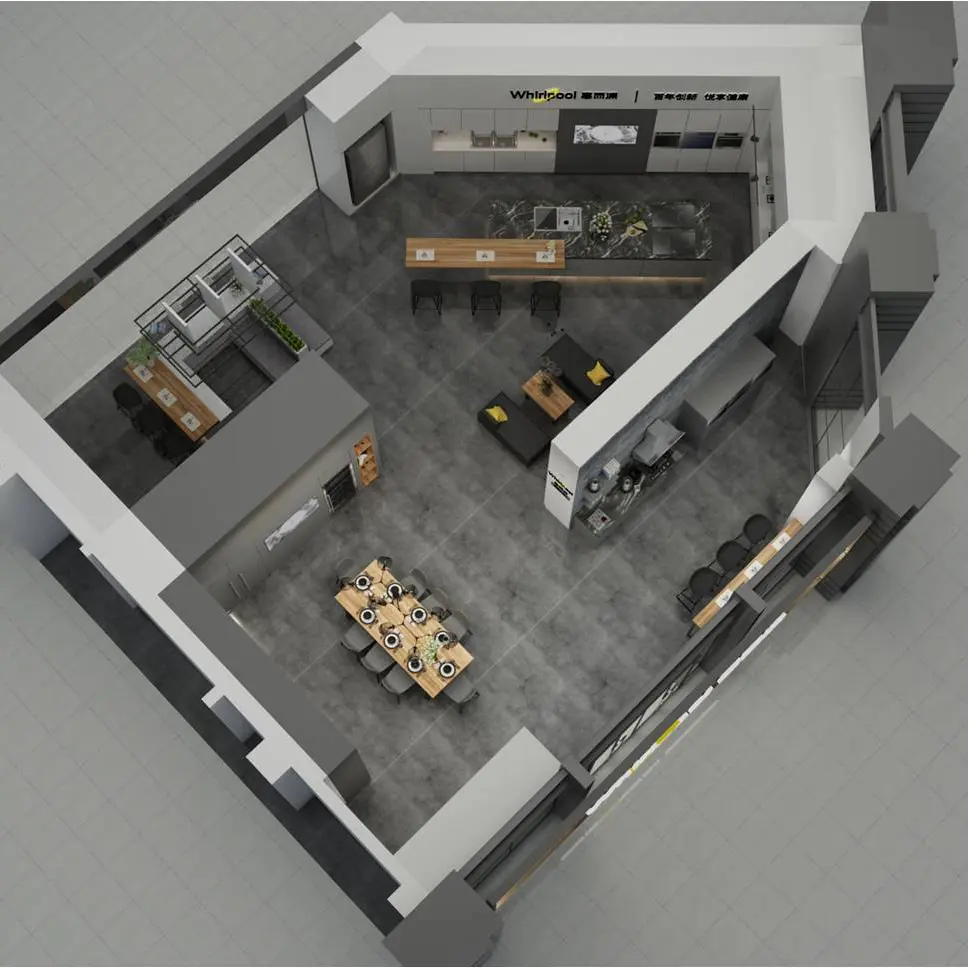Dic . 03, 2024 21:23 Back to list
Shop Design and Interior Layout Solutions for Optimal Retail Experience
Shop Fitting Crafting the Perfect Retail Environment
In today’s competitive retail landscape, the importance of an inviting and functional shop fitting cannot be overstated. Shop fitting refers to the process of designing and installing fixtures, furniture, and equipment within a retail space to create an environment that enhances the shopping experience. A well-fitted shop not only attracts customers but also serves to increase sales by guiding consumer behavior and effectively showcasing products.
The Psychology of Shop Fitting
Understanding the psychology of consumer behavior is paramount in the design of a retail space. Customers are influenced by their surroundings; consequently, careful consideration of layout, color, lighting, and product placement can significantly impact buying decisions. Research shows that retail environments that are visually appealing and easy to navigate can lead to longer shopping durations and increased spending.
For example, an open layout with clear sightlines allows customers to explore with ease, minimizing frustrations that can arise from congested aisles or confusing layouts. Strategic product placement—such as placing necessities at the back of the store—encourages customers to walk through various sections, often leading to impulse purchases. Additionally, sensory elements like music and scent can create a certain ambiance, subtly guiding shopper emotions and enhancing their overall experience.
The Elements of Effective Shop Fitting
The concept of shop fitting involves several key elements, each playing a critical role in the overall design.
1. Layout The layout of a store is foundational. It can be categorized into various types, such as grid, racetrack, and free-flowing designs. Each layout serves a different purpose; for instance, grid layouts are ideal for grocery stores, where shoppers are focused on efficiency, while free-flowing designs suit boutiques aiming to create a relaxed shopping environment.
2. Fixtures and Displays The choice of fixtures—ranging from shelving units to display tables—can enhance or detract from a product’s appeal. Custom fixtures tailored to the brand’s aesthetics can elevate the retail space, while modular displays allow flexibility for seasonal changes in merchandise.
shop fitting

3. Lighting Effective lighting is crucial in shop fitting. It not only highlights merchandise but also sets the tone of the shopping experience. Accent lighting can draw attention to featured products, while warm ambient lighting can create a welcoming atmosphere.
4. Signage Clear and attractive signage is fundamental for navigation and information. It guides customers through the store and communicates promotions. Signage should be designed to resonate with the brand's identity and be strategically placed to maximize visibility without being obtrusive.
5. Color Schemes Colors evoke emotions and can influence purchasing behavior. For example, warm colors like red and orange can create a sense of urgency, suitable for discount stores, while cooler tones like blue promote calmness, ideal for high-end retailers.
Trends in Shop Fitting
As retail continues to evolve, so do the trends in shop fitting. The rise of omnichannel retailing has led to designs that bridge physical and digital environments. Integrating technology—such as interactive displays, virtual fitting rooms, and mobile payment options—enhances customer engagement and streamlines the shopping process.
Sustainability is another major trend influencing shop fitting. Retailers are increasingly adopting eco-friendly materials, energy-efficient lighting, and sustainable practices in their design. Not only does this appeal to environmentally conscious consumers, but it also reflects a brand's commitment to social responsibility.
Conclusion The Future of Shop Fitting
In conclusion, effective shop fitting is an art and a science that requires a deep understanding of consumer psychology, design principles, and current trends. Successful retailers recognize that their physical space is not merely a backdrop for transactions but a critical component of their brand experience. A well-fitted shop has the power to not only attract customers but to engage them, making their shopping experience memorable and rewarding. As the retail landscape continues to evolve, so too will the strategies and innovations in shop fitting, striving to create spaces that resonate with customers and drive sales in an ever-changing market.
-
The Impact of Display Racks on Promoting Sustainable Product Consumption
NewsMay.14,2025
-
The Display Table Is A Catalyst For Sustainable Consumer Engagement
NewsMay.14,2025
-
Sustainable Modern Retail Store Fixtures
NewsMay.14,2025
-
Store Design Innovations for Enhanced Customer Experience and Sales
NewsMay.14,2025
-
How Shoe Shop Displays Influence Sustainable Footwear Choices
NewsMay.14,2025
-
How Display Counter Aids in Efficient Resource Management in Communities
NewsMay.14,2025


















































































































